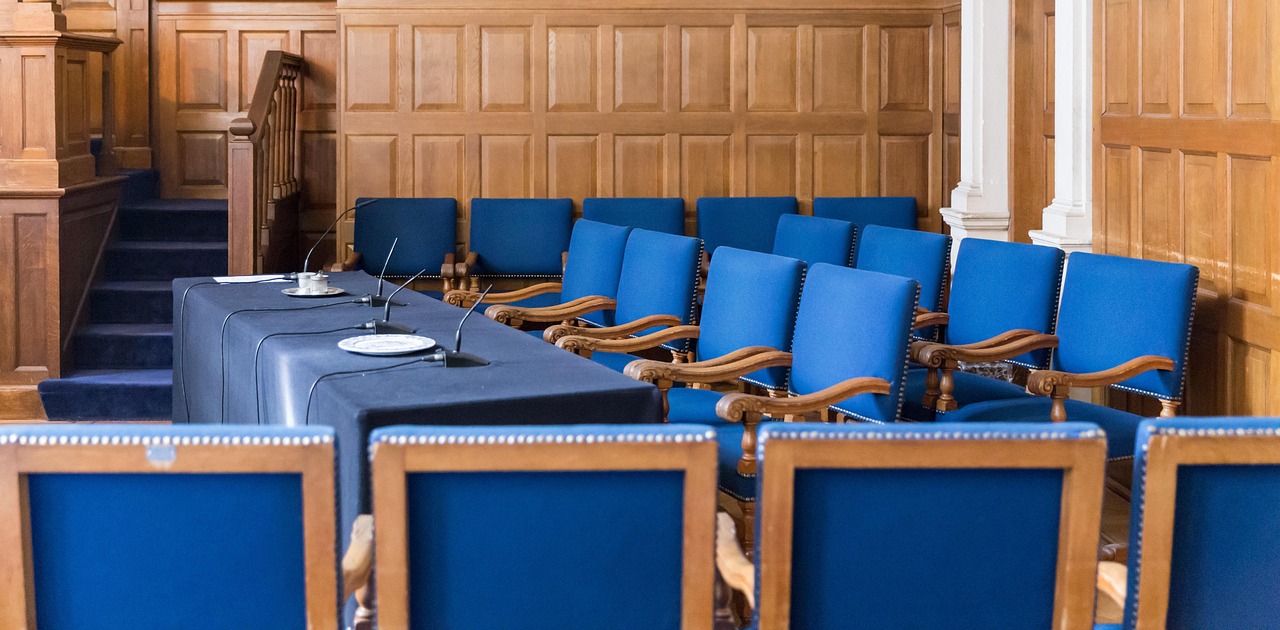People decide to create their family through adoption for a variety of reasons. Some have never tried to have a birth child so adoption is the first way they’ve tried to create their family. Many consider adoption after dealing with the brutal disappointment of infertility. Some want to adopt rather than having birth children.
Whatever your reason for looking into adoption, it’s important that you understand firstly, why some children need to be adopted, and secondly, what the assessment process involves.
Why some children require adoption
The reasons why children need to be adopted have changed dramatically over the last half-century. It used to be the case that a child being born out of wedlock was enough of a reason for a child to require adoption with their birth mum feeling like she had no other choice. Thankfully, things have moved on a lot since then. However, in the UK now, the reasons often relate to extreme neglect, drug or alcohol misuse by a parent, and domestic violence, all of which cause trauma to a child.
Children who need to be adopted have suffered some level of trauma in their early years. Being removed from your birth parents is trauma, whatever age it happens. This can lead to a whole host of issues for them as they grow up such as behavioural and attachment difficulties as well as problems with their physical health.
The process that leads to a child being adopted is often a lengthy one. It starts with social services becoming involved with the family, sometimes voluntarily, sometimes not, and sometimes many months before the child is born.
Ultimately, a child could be removed from the care of their parents if the concerns are that they are suffering, or are at risk of suffering significant harm. The level and type of harm will vary. Some children will have suffered extreme neglect which can lead to developmental delay and health issues. Others may have experienced physical abuse or witnessed one parent attacking the other.

The adoption process: Early-life trauma
Some children may not have lived with their birth family and were placed in foster care shortly after birth. As I’ve mentioned above, that causes trauma. Children can experience trauma in utero through hearing shouting or experiencing the fear felt by their mothers as a result of violence against them.
Trauma affects all children differently. But it’s likely it will have some level of impact on their lives as they grow up. So, you need to be prepared for that as a parent. Sometimes the level of trauma will be known. Sometimes it won’t until years later.
Becoming an adoptive parent isn’t the same as being a birth parent. Obviously, the process is very different. But putting that to one side, parenting a child who has experienced early life trauma can be extremely difficult and challenging. It can also be very rewarding. But you need to come to terms with the fact that it is likely to be a difficult road.
The adoption assessment
The adoption assessment is in two stages. Stage One looks at things like DBS checks, medicals, references, and training. Stage Two is more intensive as it is where you’ll have one-to-one sessions with your social worker (and partner if you have one) discussing everything from your childhood to finances, relationships, and parenting styles.
There’s no doubt this stage can feel intrusive. But it’s designed to help your social worker really get to know you, your strengths, weaknesses, and what makes you tick. They will use all of the information you talk about to prepare a report about you which will be read by the Adoption Panel to help them decide whether you should be approved as adopters.
Once you have been approved to adopt, the matching process begins. This is the stage where your social worker will look at the children available to see if there are any that are suitable based on the criteria you discussed during your assessment.
Matching is a really tough part of the process. Some adopters get linked to a child before they are approved. Others have to wait months to be matched. We waited 10 months to be matched with our eldest and it felt like an eternity.

Adoption can never be a backup plan
Adoption definitely isn’t for the faint-hearted. It can never be a backup plan or reserve option as to how you will create your family. It requires a lot of work, 100% dedication, patience, resilience, and the ability to fight tooth and nail for your child to help them get the right support.
It’s a complicated process rooted in trauma. But that doesn’t mean adopted children and adopters can’t become a strong, happy family unit. They can and many do. But it takes a lot of work to get there.
I can’t imagine our lives without our girls. They are the light of my life and the reason I drag myself out of bed every day. Yes, they have experienced trauma and have a long road ahead of them as they learn more about their birth family and figure out their emotions and feelings about the process.
But they’re growing up to be happy, settled, thriving, and utterly wonderful kids which makes all of the things you’ve read about above, totally worthwhile.
If you’d like to read about adoption from those who have experienced it, head over to the adoption stories section to discover lots of interviews with adopters, adoptees, birth parents, and foster carers.



